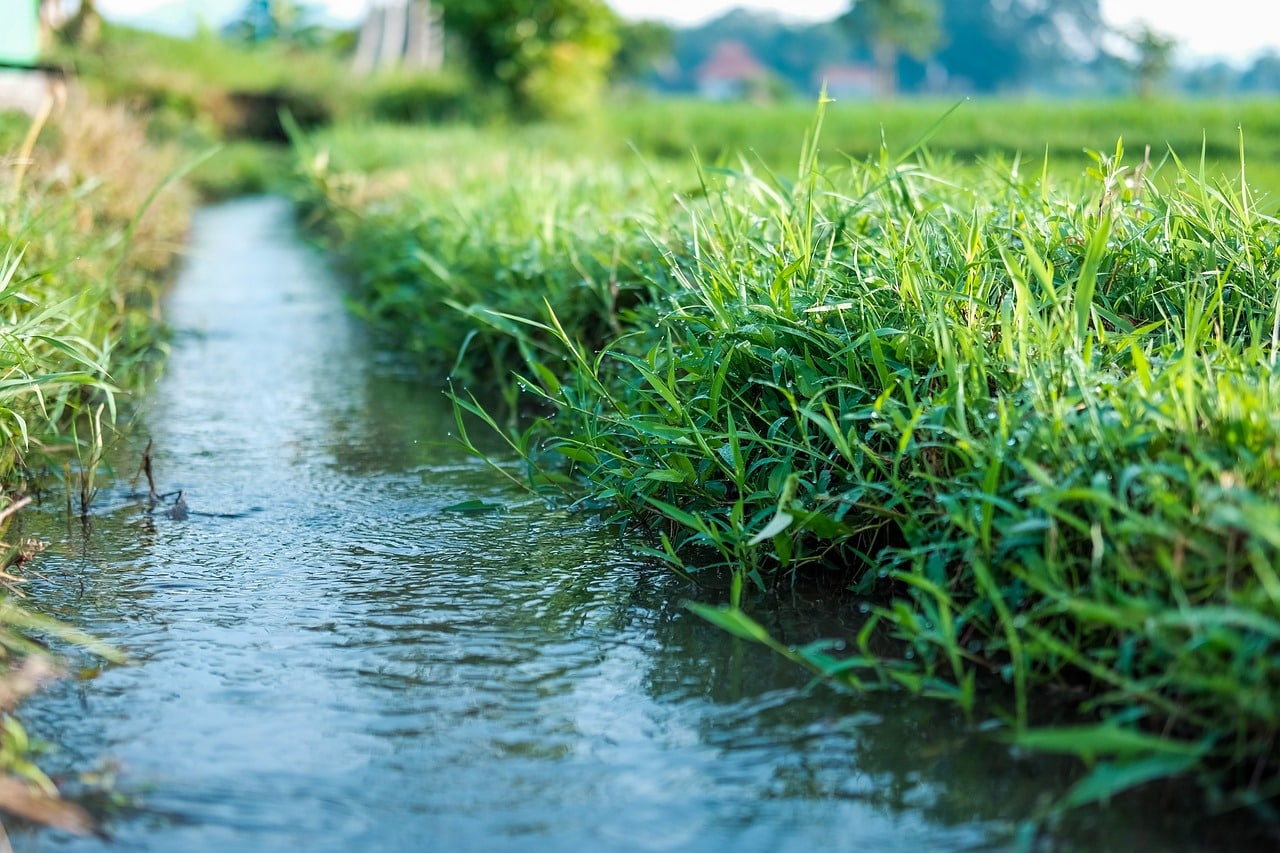Looking back at the trends, key events and interesting quotations from Seed World in 2012 that will define the seed industry in years to come.
Lessons from Licensors
“It’s very challenging for an independent seed company to position themselves in today’s marketplace. The corn trait and genetics portfolio is more rapidly changing and complicated than ever before, and of course industry competition never relents for a moment. Like any business, an independent has to determine how to be different from their competition, and not just different, but better. I believe that most independents are doing this. It’s interesting that many continue to grow, even though the overall segment has shrunk recently due to acquisitions. This tells me that most are positioning their businesses well and have found a path that brings unique value to the grower.” — Ron Wulfkuhle, head of GreenLeaf Genetics LLC
Seed Shortage
“Every production year has its challenges, but 2011 was certainly one of the most challenging for the entire seed industry,” says John Latham, president of Latham Hi-Tech Seeds, based in Alexander, Iowa. According to Latham, his territory “experienced extreme heat during corn pollination, excessive winds, literally hurricane-force winds, in July and August, plus an early frost on September 15. It’s no wonder seed supplies will be tight for corn and even some soybean products.”
From drought to intense heat, and in some regions localized flooding, seed production regions across the country saw a wide range of inclement weather throughout 2011. As a result, many regional seed companies from Iowa to California reported tight supplies of some varieties in 2012. “It’s an interesting time, because demand for seed corn has increased, while supplies are limited,” says Latham.
Total Traceability
“There have been a couple of commercial growers that put barcodes on bags of onions, and you could go on the website and find out where the onions were harvested. There are some growers or shippers who are starting to see that as a marketing advantage,” says Wayne Gale, president of Stokes Seeds. “The old barcode is very limited, but the new barcodes can contain a lot more information than a number—they can contain all sorts of information, and the grocer would perhaps only harvest a bit for pricing, but they could also record other information, such as who produced [the product], when it expires—all sorts of other information could be kept in their database.”
Accord at a Glance
The American Seed Trade Association and the Biotechnology Industry Organization are developing a framework called the Accord which will create a smooth transition from proprietary events to generic events in the seed industry. A few key elements of the Accord include the following:
• It’s voluntary and open to any entity to become a signatory.
• It’s a contractually binding process.
• There is increasing responsibility dependent on whether the signatory has a patented biotech event or intends to commercially utilize the event once its patent expires.
• It will be comprised of two new agreements: the Generic Event Marketability and Access Agreement and the Data Use and Compensation Agreement.
Making Your Voice Heard
“The future of the seed industry is extremely bright. We have evolved into a critical enabling player in driving food security, productivity, sustainability, alternative energy and environmental conservation. However, with this recognition comes a responsibility to continue to deliver results. This will be a challenge in the face of volatile markets and growing seasons. Our continued success depends on knowing we have a business structure that respects intellectual property rights, which opens markets and makes the movement of seed more fluid. Each region and species group has its own special challenges which deserve attention. We hope you all take the opportunity to tell your story and make your voice heard!”
—Mike Gumina, vice president of production and safety, health, environment/risk management for Pioneer Hi-Bred and outgoing chairman of the American Seed Trade Association.
Sizing it Up
The most recent data on farm size in the United States, which comes from the 2007 Census of Agriculture, show that concentration of production in agriculture has increased in the last five years. In 2002, 144,000 farms produced 75 percent of the value of U.S. agricultural production. In 2007, the number of farms that produced that same share of production declined to 125,000.
“There is no doubt that farm numbers in the U.S. continue to decrease and the average size of farms continues to increase,” says Rod Osthus, president of R.C. Thomas Company. “Farming is no different from every other industry in the United States. Virtually all of business segments either have consolidated or are consolidating at some level, some industries more than others.”
Successful seed companies, and sales reps, will be the ones who can adapt to the different sets of needs the quickest going forward. “Working with large farmers is not about managing them as customers. They are already good managers,” says Osthus. “Instead, it means leading them. When you lead them, they follow, because I haven’t met a large farmer yet who didn’t want to learn something new so he could continue to grow his business.”
Recommendations to Promote Sustainability
The United Nations High-Level Panel on Global Sustainability presented 56 recommendations in 2012 to advance its vision for a sustainable planet, a just society and a growing economy. Some of the recommendations directly related to agriculture are as follows:
• Governments and international organizations should work to create a new green revolution—an “ever-green revolution”—for the twenty-first century that aims to at least double productivity while drastically reducing resource use and avoiding further loss of biodiversity, topsoil loss and water depletion and contamination, including through the scaling-up of investment in agricultural research and development, to ensure that cutting-edge research is rapidly moved from laboratory to field.
• Governments should work towards agreement on global principles for sustainable and responsible land and water investment deals, including ongoing efforts to promote responsible agricultural investment, with particular emphasis on protecting the rights and livelihoods of poor people who depend on these basic resources, while ensuring environmental sustainability.
• Governments should establish and scale up integrated water resource management schemes, bearing in mind that water plays multifaceted roles, including for drinking, sanitation, agriculture, industry and energy.
• Governments should work in concert with appropriate stakeholders to ensure universal access to affordable sustainable energy by 2030, as well as seek to double the rate of improvement in energy efficiency and the share of renewable energy in the global energy mix. Governments and international organizations should promote energy-saving technologies and renewable energy through the incentivization of research and development and investment in them.












